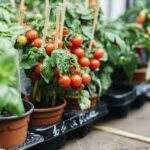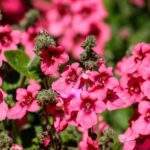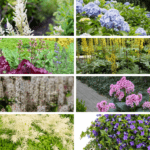7 Fast-Growing Vegetables You Can Harvest in 30 Days takes center stage, inviting you into the world of rapid vegetable growth with a focus on sustainability and nutrition. Explore the benefits of growing these quick-yielding veggies and learn how to cultivate them in your own garden.
Discover the secrets behind selecting, planting, maintaining, and harvesting these fast-growing vegetables to enjoy a bountiful and delicious harvest in just a month.
Benefits of Fast-Growing Vegetables: 7 Fast-Growing Vegetables You Can Harvest In 30 Days

Growing vegetables that can be harvested in just 30 days comes with a range of benefits that can positively impact your life and the environment. Let’s explore why these fast-growing veggies are a game-changer!
Advantages of Fast-Growing Vegetables
- Quick Harvest: Fast-growing vegetables allow you to enjoy the fruits of your labor in a short amount of time, providing a sense of accomplishment and satisfaction.
- Continuous Production: With rapid harvest cycles, you can plant new crops more frequently, ensuring a steady supply of fresh veggies throughout the season.
- Space Optimization: Growing fast vegetables means you can maximize your garden space by rotating crops and experimenting with different varieties.
Contribution to Sustainable Lifestyle
- Reduced Food Miles: By growing your own fast vegetables, you reduce the need for transportation and packaging, lowering your carbon footprint and supporting local food systems.
- Minimal Waste: Harvesting fresh veggies as needed minimizes food waste, as you can pick only what you need without excess produce going bad.
- Chemical-Free: When you grow your own fast vegetables, you have control over the growing process, ensuring they are free from harmful chemicals and pesticides.
Nutritional Benefits of Freshly Harvested Vegetables
- Higher Nutrient Content: Freshly harvested vegetables are packed with essential vitamins, minerals, and antioxidants that may degrade over time, offering optimal nutritional value.
- Better Flavor: Fast-growing vegetables picked at peak ripeness boast superior taste and texture compared to store-bought produce that may have been harvested early.
- Healthier Eating: Incorporating freshly harvested veggies into your diet can promote overall health, immunity, and well-being due to their nutrient-dense nature.
Selection of Fast-Growing Vegetables
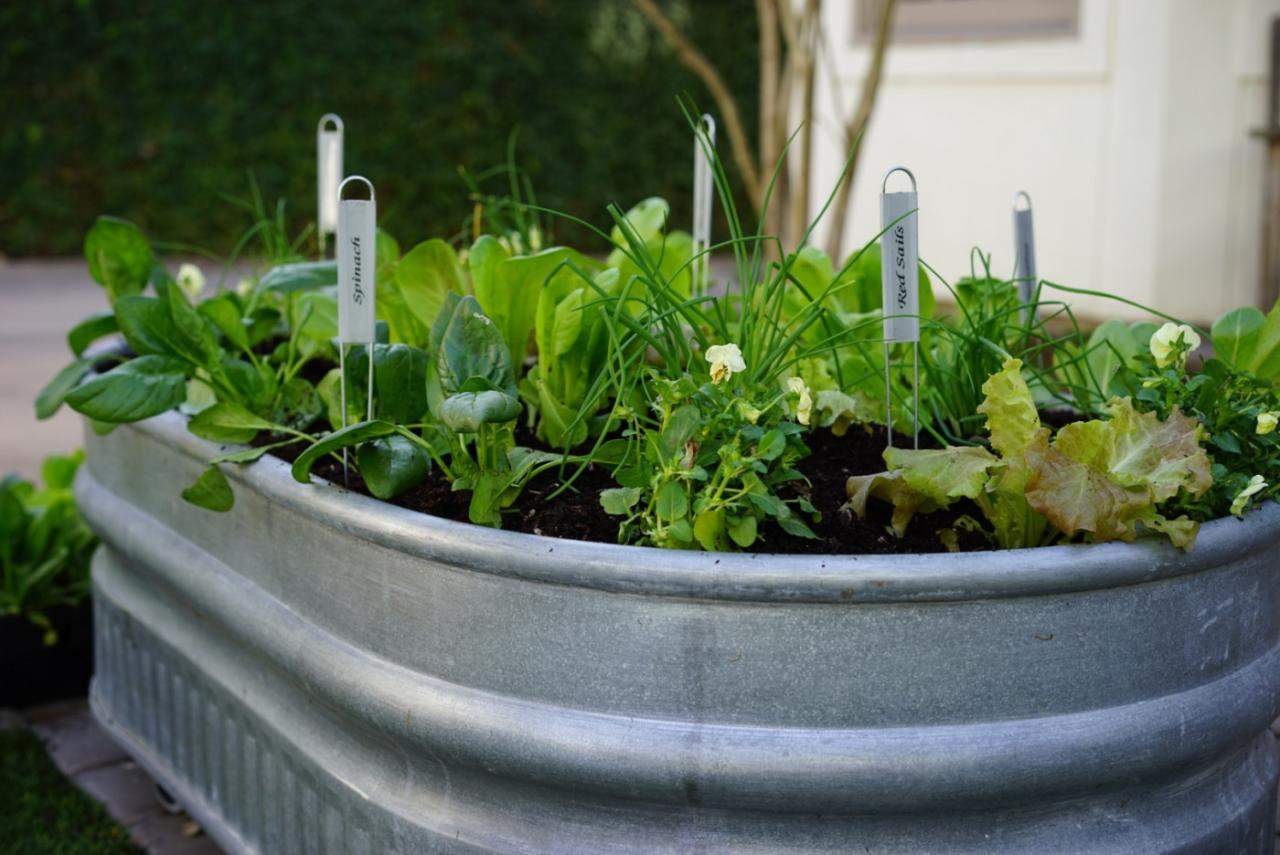
In this section, we will identify 7 vegetables that can be harvested in just 30 days due to their fast-growing nature. These vegetables are perfect for those who want quick results from their garden.
Radishes
Radishes are known for their speedy growth, ready to be harvested in about a month. They thrive in cool weather and well-drained soil, making them a popular choice for early spring or fall planting.
Arugula
Arugula is a leafy green that can be harvested in as little as 30 days. It prefers cool temperatures and fertile, moist soil. This fast-growing vegetable is perfect for salads and sandwiches.
Spinach
Spinach is another fast-growing vegetable that can be ready for harvest in just a month. It thrives in cooler weather and well-drained soil rich in organic matter. Spinach is a nutritious addition to any meal.
Green Onions
Green onions, also known as scallions, can be harvested in about 30 days. They prefer full sun and fertile, well-drained soil. Green onions add a mild onion flavor to dishes and are easy to grow.
Lettuce
Certain varieties of lettuce, such as looseleaf or butterhead, can be harvested in just 30 days. Lettuce enjoys cooler temperatures and fertile, well-drained soil. It is a versatile vegetable for salads and sandwiches.
Kale
Kale, a nutrient-dense leafy green, can be harvested in about a month. It thrives in cooler temperatures and rich, well-drained soil. Kale is a superfood that can be used in salads, smoothies, and more.
Turnips, 7 Fast-Growing Vegetables You Can Harvest in 30 Days
Turnips are root vegetables that can be harvested in approximately 30 days. They prefer cooler weather and fertile, well-drained soil. Turnips can be enjoyed roasted, mashed, or added to soups and stews.
Planting Techniques
When it comes to planting fast-growing vegetables, there are a few key techniques to keep in mind to ensure a successful harvest in just 30 days.
Seed Selection
- Choose high-quality seeds from reputable sources to ensure good germination rates.
- Opt for fast-growing varieties of vegetables such as radishes, spinach, and lettuce for quick results.
Spacing and Depth
- Follow the instructions on the seed packet for proper spacing between seeds to prevent overcrowding.
- Plant seeds at the correct depth according to the specific requirements of each vegetable to promote healthy root development.
Watering, Sunlight, and Fertilization
- Water the plants regularly, keeping the soil moist but not waterlogged, to support growth.
- Ensure that the vegetables receive an adequate amount of sunlight each day to encourage photosynthesis and healthy growth.
- Use a balanced fertilizer or compost to provide essential nutrients for rapid development of the plants.
Maintenance and Care
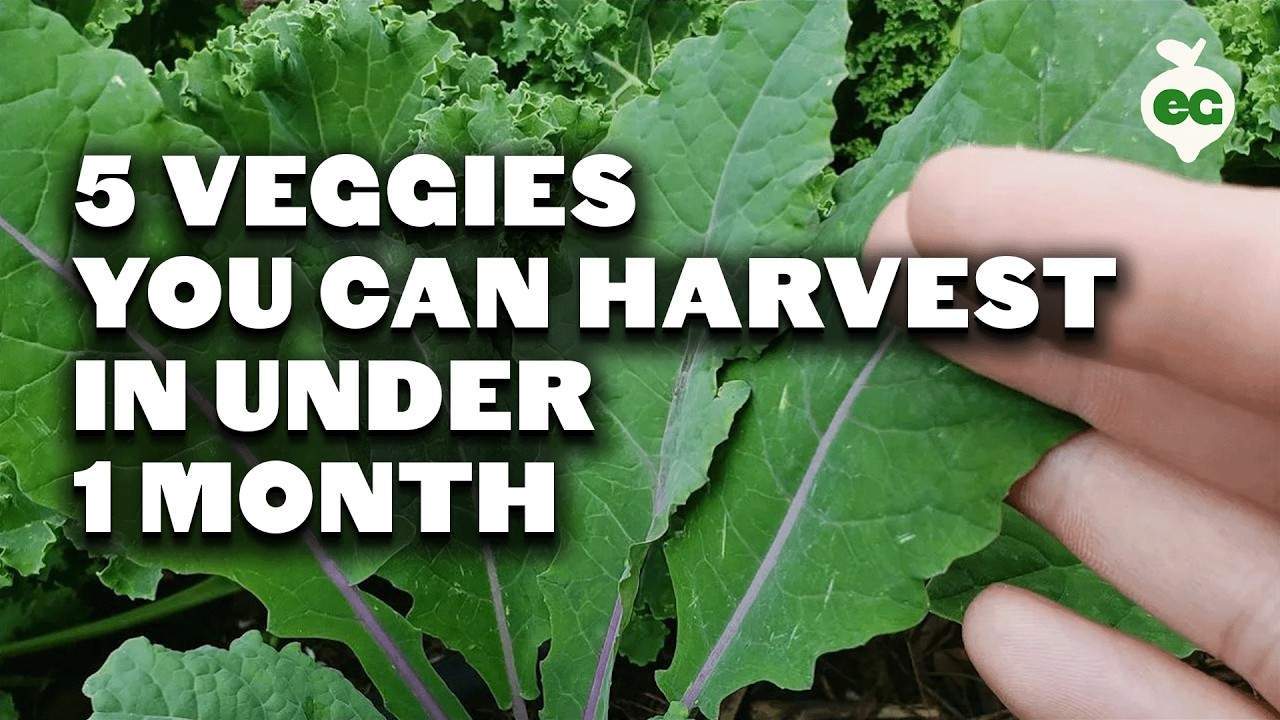
When it comes to fast-growing vegetables, proper maintenance and care are essential to ensure a healthy and abundant harvest. Let’s dive into some necessary practices to keep your veggies thriving!
Watering
- Fast-growing vegetables require consistent watering to support their rapid growth. Make sure to water them regularly, especially during dry spells, to prevent wilting and promote healthy development.
- Avoid overwatering, as it can lead to root rot and other issues. Check the soil moisture levels regularly and adjust your watering schedule accordingly.
- Consider using a drip irrigation system or soaker hoses to provide a steady supply of water directly to the roots of your plants.
Weeding and Mulching
- Regularly remove weeds from your vegetable garden to prevent them from competing with your fast-growing plants for nutrients and sunlight.
- Applying a layer of organic mulch around your vegetables can help suppress weed growth, retain soil moisture, and regulate soil temperature.
- Mulching also adds nutrients to the soil as it breaks down, promoting overall soil health.
Pest Control
- Common pests that may affect fast-growing vegetables include aphids, caterpillars, and beetles. Keep an eye out for any signs of pest infestation, such as holes in leaves or discolored foliage.
- Consider using organic pest control methods, such as introducing beneficial insects like ladybugs or using neem oil or insecticidal soap to deter pests.
- Regularly inspect your plants for pests and take action promptly to prevent any significant damage to your vegetable crops.
Disease Prevention
- Fast-growing vegetables are susceptible to diseases such as powdery mildew, blight, and root rot. To prevent these issues, practice crop rotation, and avoid planting the same crops in the same location year after year.
- Avoid overhead watering, as it can promote the spread of fungal diseases. Water your plants at the base to keep the foliage dry and reduce the risk of infections.
- If you notice any signs of disease, such as yellowing leaves or unusual spots, remove and destroy affected plants to prevent the spread of pathogens to healthy plants.
Harvesting and Storage
When it comes to fast-growing vegetables, knowing when to harvest and how to store them properly is crucial to enjoy their freshness and flavor. Here we will discuss the signs that indicate when fast-growing vegetables are ready for harvest, the best practices for harvesting to ensure maximum yield, and the proper storage methods to prolong the freshness of harvested vegetables.
Signs of Ready for Harvest
- Pay attention to the size of the vegetables. Most fast-growing vegetables are ready to harvest when they reach a certain size, which varies depending on the plant.
- Look for color changes. For example, tomatoes should have a bright, vibrant color when they are ripe and ready to be picked.
- Gently squeeze the vegetables to check for firmness. Vegetables like cucumbers should feel firm but not hard when ready for harvest.
- Check the plant tags or seed packets for estimated days to maturity. This can give you a good indication of when to expect your vegetables to be ready for harvest.
Best Practices for Harvesting
- Use a sharp pair of garden shears or a knife to harvest vegetables to avoid damaging the plant.
- Harvest in the morning when the vegetables are cool and hydrated for the best flavor and texture.
- Handle the vegetables carefully to prevent bruising or crushing, especially delicate vegetables like berries or leafy greens.
- Harvest regularly to encourage continuous production and prevent overripening or bolting.
Proper Storage Methods
- Store leafy greens and herbs in airtight containers or plastic bags in the refrigerator to retain freshness and prevent wilting.
- Root vegetables like carrots and beets can be stored in a cool, dark place like a root cellar or refrigerator crisper drawer.
- Tomatoes and other fruits should be stored at room temperature away from direct sunlight to ripen further or in the refrigerator once ripe to prolong shelf life.
- Freeze excess vegetables by blanching them first to preserve their flavor and nutrients for future use.
Recipes and Culinary Uses
Incorporating fast-growing vegetables into your meals can add freshness and flavor to your dishes. These veggies are not only quick to grow but also versatile in various culinary creations. Let’s explore some creative recipes and culinary uses for these fast-growing vegetables.
Recipe Ideas
- Spinach and Goat Cheese Stuffed Chicken Breast: Butterfly a chicken breast, stuff it with a mixture of sautéed spinach, goat cheese, and garlic. Bake until chicken is cooked through for a delicious and nutritious meal.
- Radish and Cucumber Salad: Thinly slice radishes and cucumbers, toss them with a simple vinaigrette dressing, fresh herbs, and a sprinkle of feta cheese for a refreshing side dish.
- Arugula Pesto Pasta: Blend fresh arugula, garlic, pine nuts, Parmesan cheese, and olive oil to create a flavorful pesto sauce. Toss with cooked pasta and cherry tomatoes for a quick and tasty meal.
Culinary Versatility
- Fast-growing vegetables like radishes, spinach, and arugula can be used in salads, sandwiches, pasta dishes, and even soups to add a burst of flavor and nutrients.
- They can also be sautéed, roasted, or grilled to enhance their natural taste and bring out different textures in your cooking.
- These veggies are perfect for pickling, fermenting, or preserving in oils to extend their shelf life and enjoy their freshness for a longer period.
Tips for Cooking with Freshly Harvested Vegetables
- Use them quickly: Fast-growing vegetables are best enjoyed when fresh, so try to use them within a few days of harvesting for optimal flavor and nutritional benefits.
- Minimal cooking: To preserve the nutrients and flavors of these veggies, opt for quick cooking methods like steaming, stir-frying, or raw preparations in salads.
- Pair them wisely: Combine fast-growing vegetables with complementary ingredients like herbs, citrus, nuts, or cheeses to create balanced and delicious dishes.
Community Gardening and Sharing
Community gardening is not just about growing vegetables; it’s also about building connections and fostering a sense of community. When individuals come together to cultivate a shared garden, they not only benefit from fresh produce but also create a supportive network that can enhance the overall well-being of the neighborhood.
Benefits of Community Gardening
- Encourages social interaction and collaboration among community members.
- Promotes healthy eating habits and food security within the neighborhood.
- Reduces stress and improves mental health through outdoor activities and nature connection.
Sharing Harvest with Neighbors
- Sharing the harvest with neighbors can strengthen bonds and create a sense of unity within the community.
- It reduces food waste and ensures that everyone has access to fresh, locally grown produce.
- Organizing community harvest events or potlucks can further enhance the spirit of sharing and cooperation.
Examples of Community Initiatives
- In cities like Portland, Oregon, there are community gardens where residents come together to grow and share produce.
- Some neighborhoods have established “sharing tables” where excess harvest from individual gardens can be placed for others to take.
- Local food banks often partner with community gardens to receive fresh donations for those in need.
Summary
From planting to sharing the harvest, the journey of cultivating 7 Fast-Growing Vegetables You Can Harvest in 30 Days is not only rewarding but also fosters a sense of community and healthy living. Embrace the joy of growing your own fresh produce and sharing it with others for a richer, more sustainable lifestyle.
